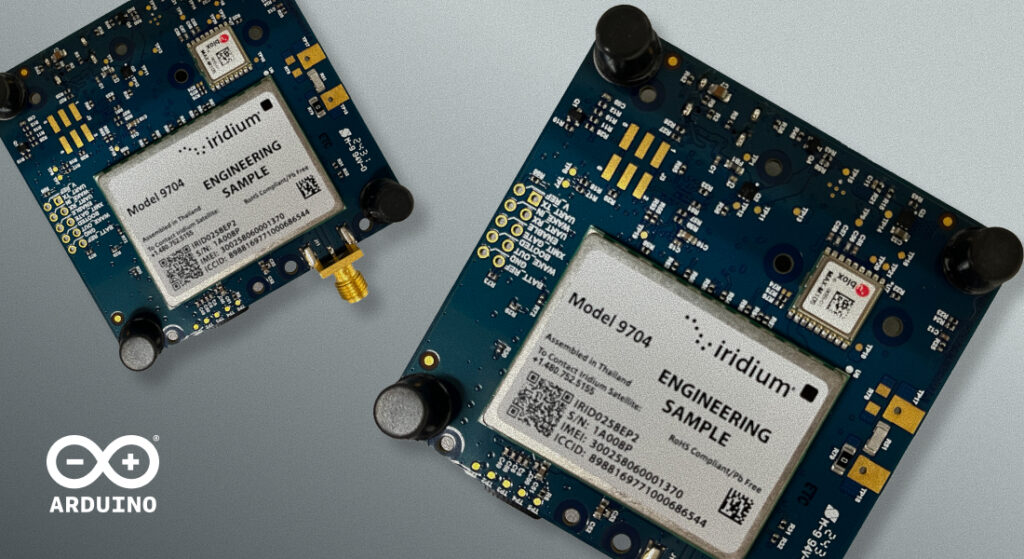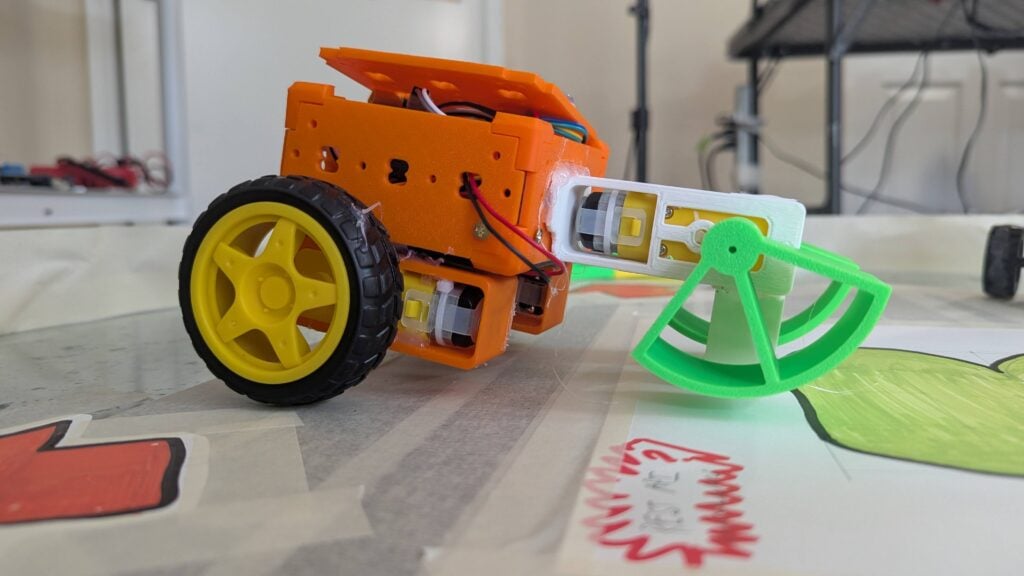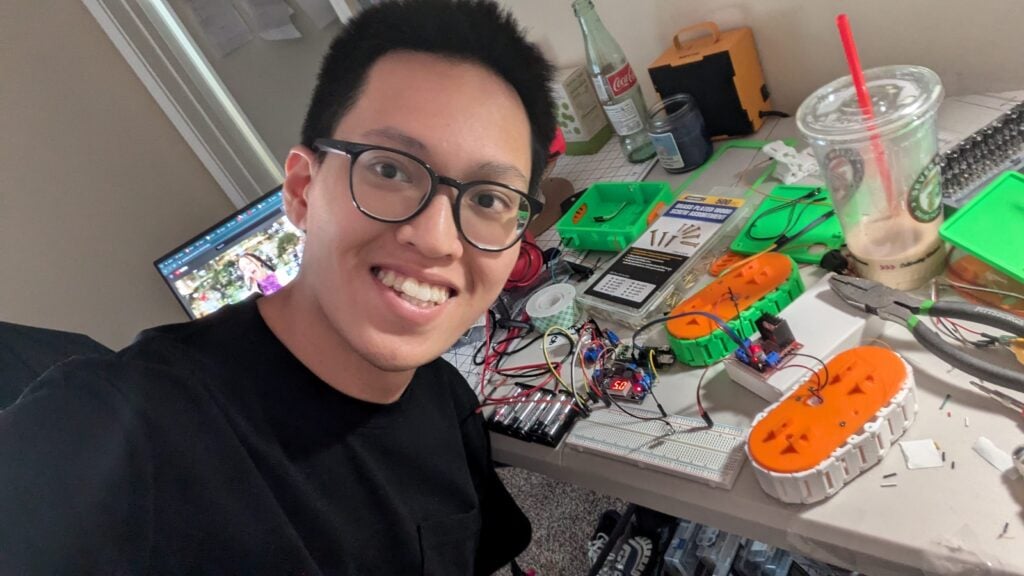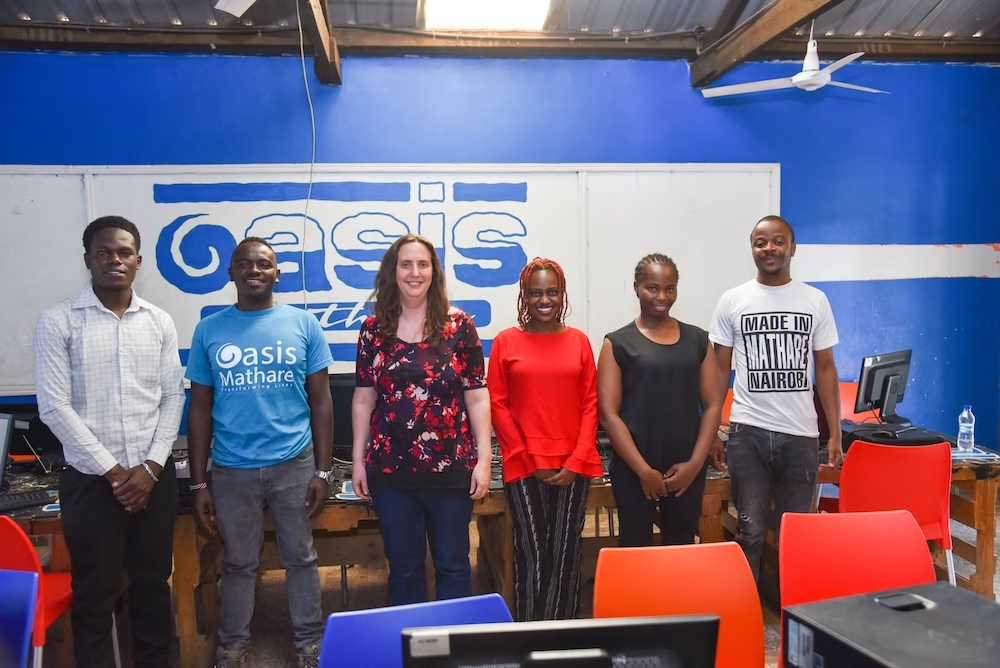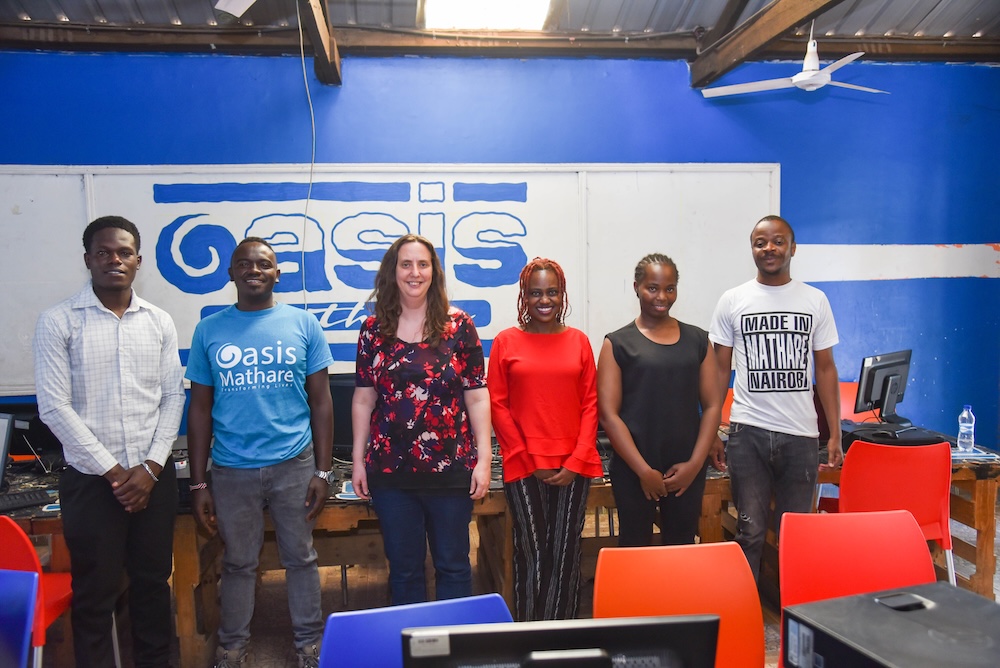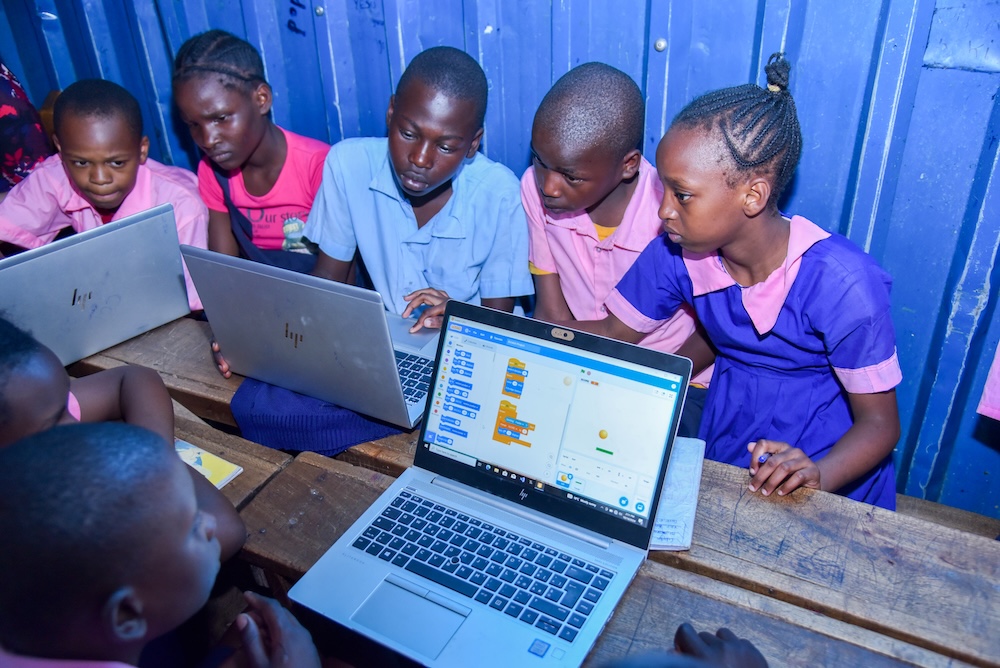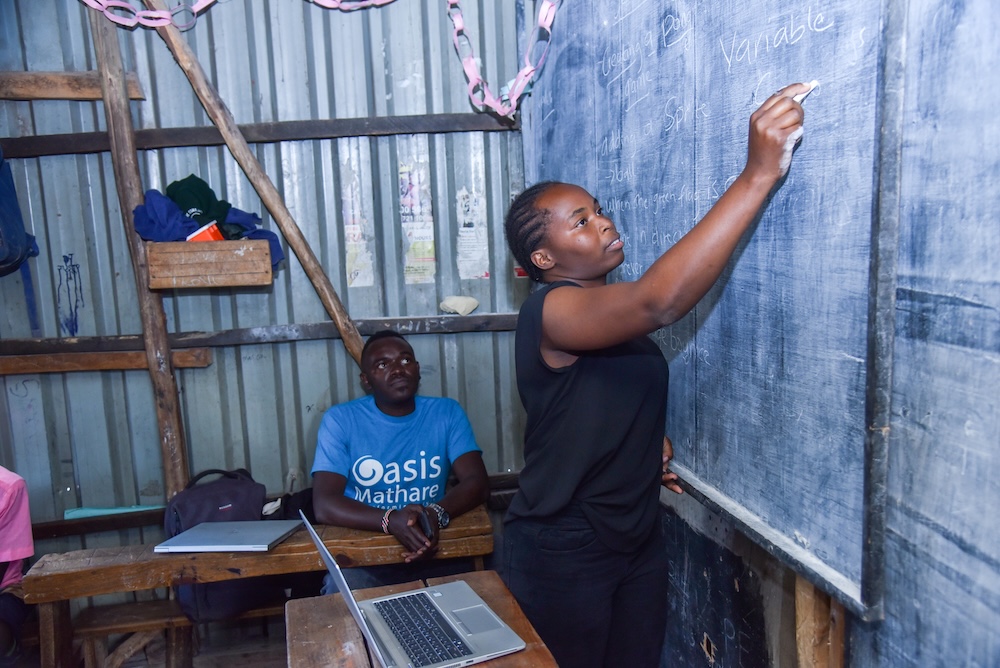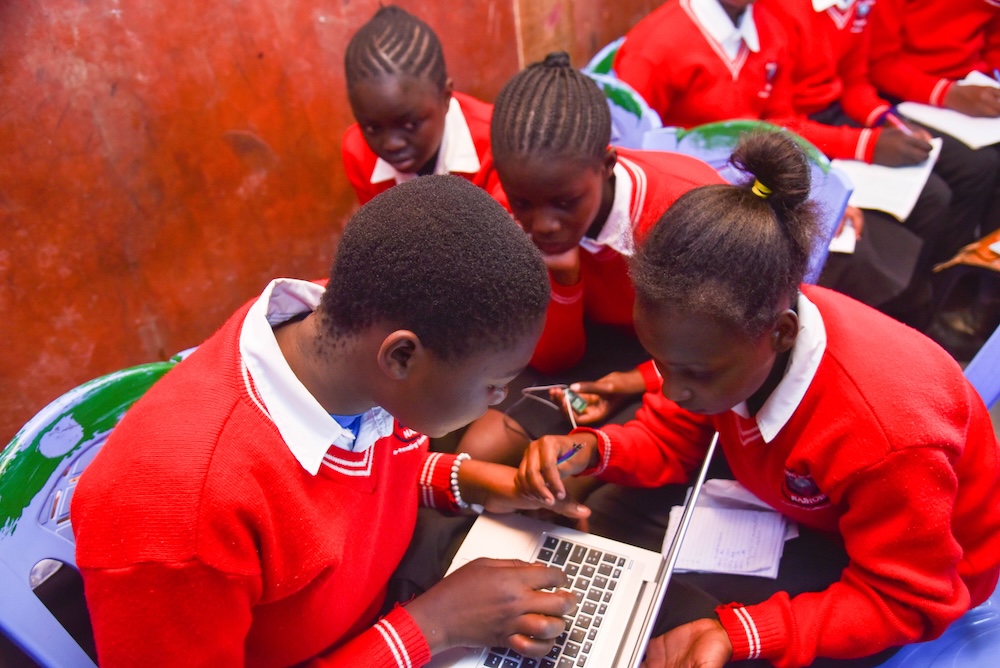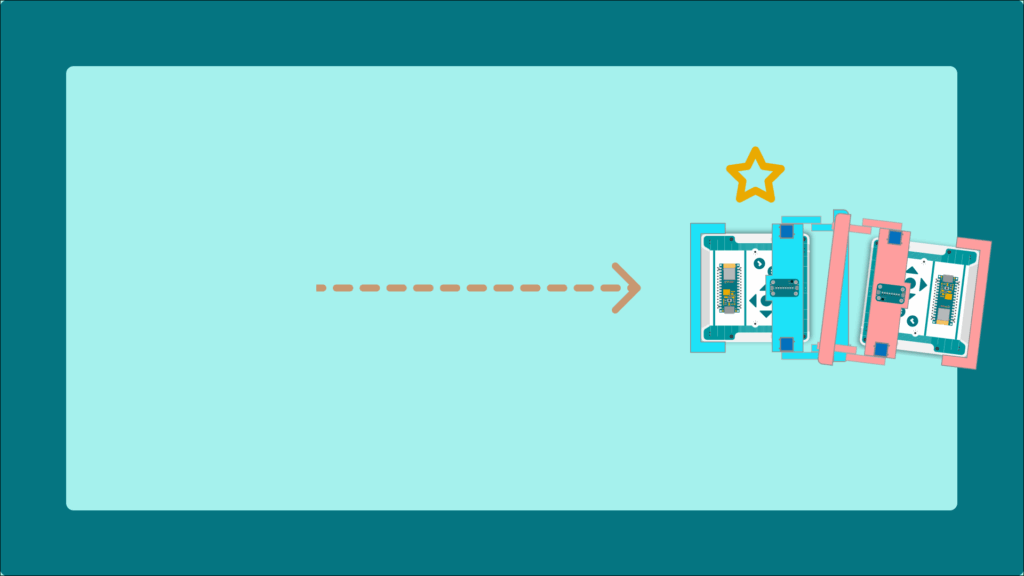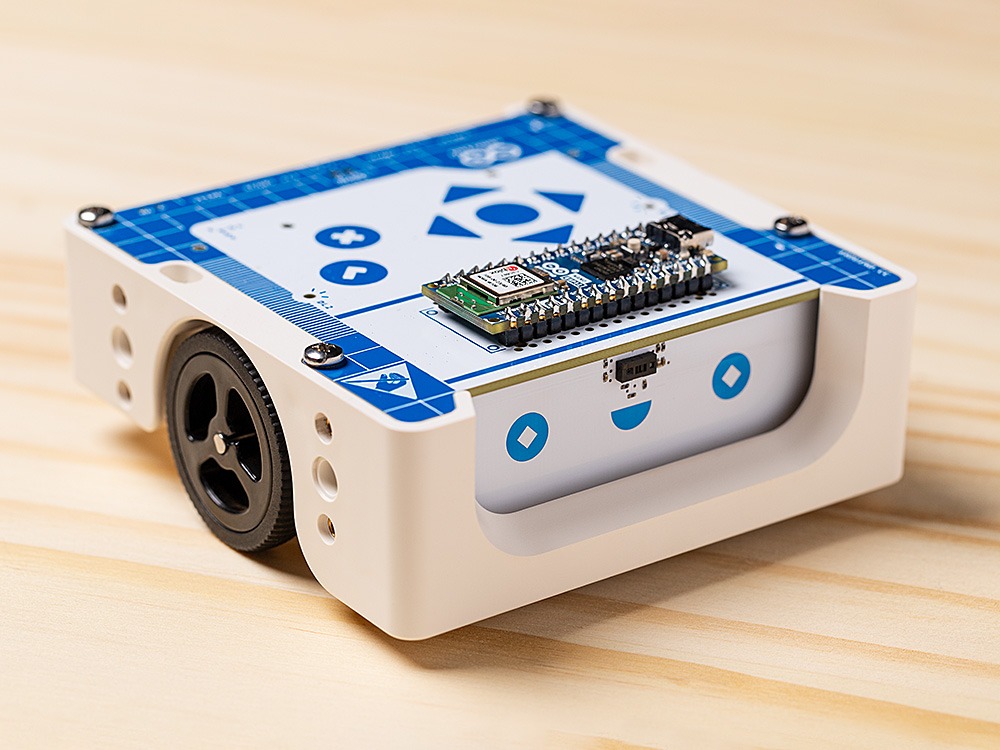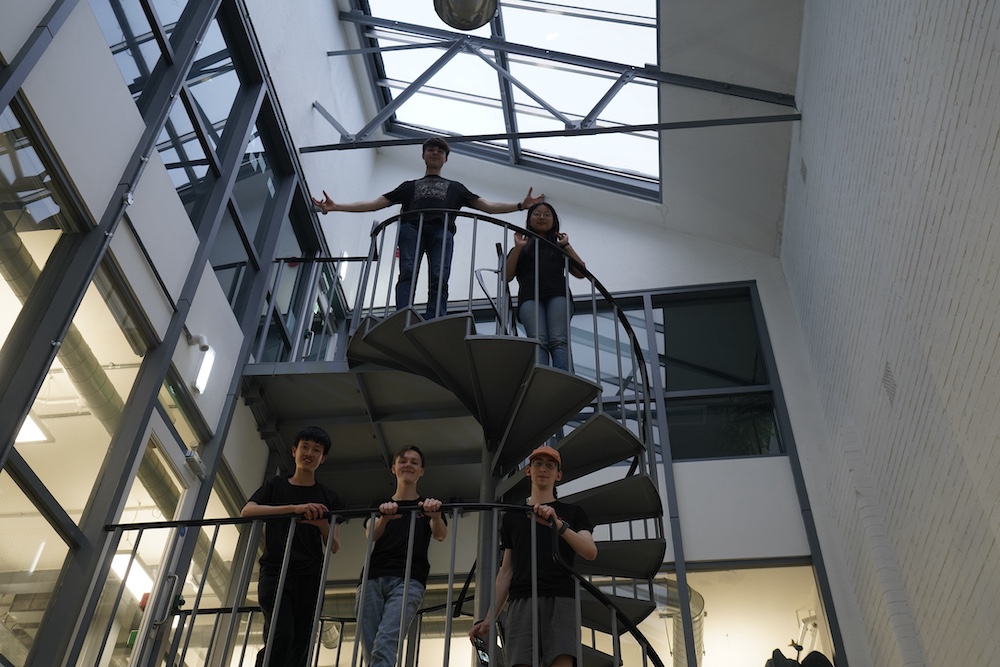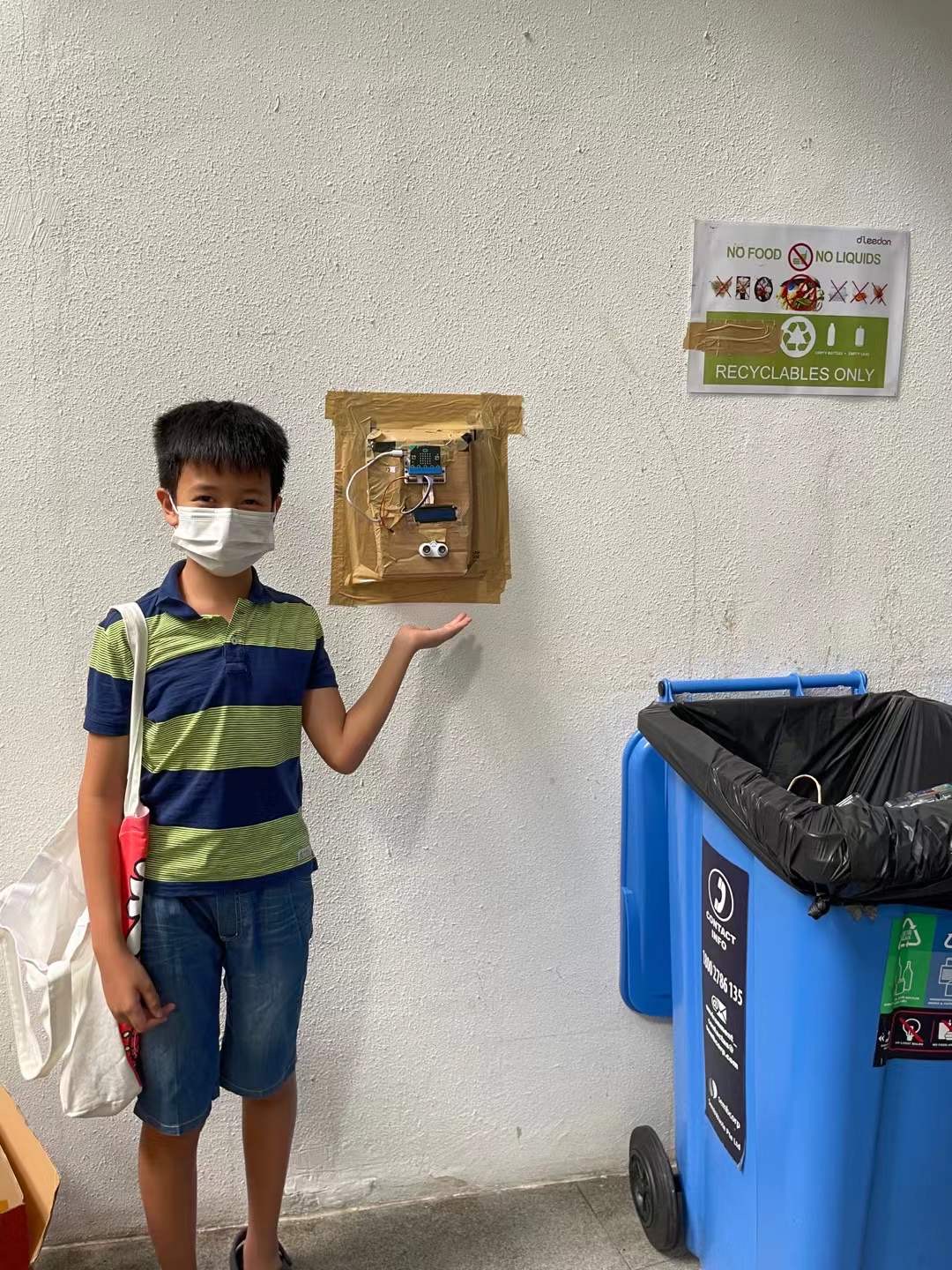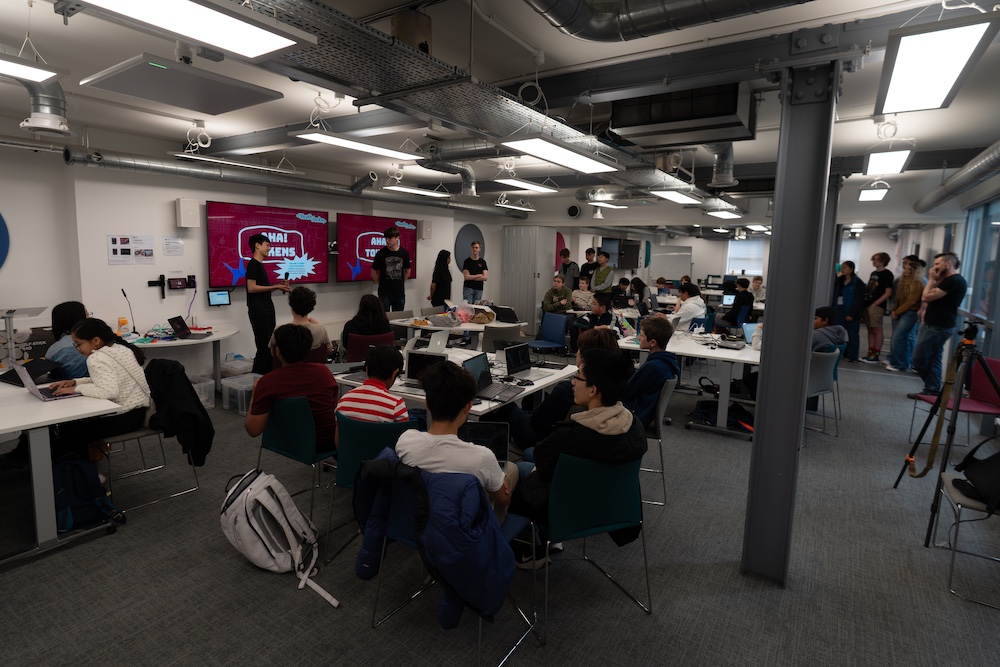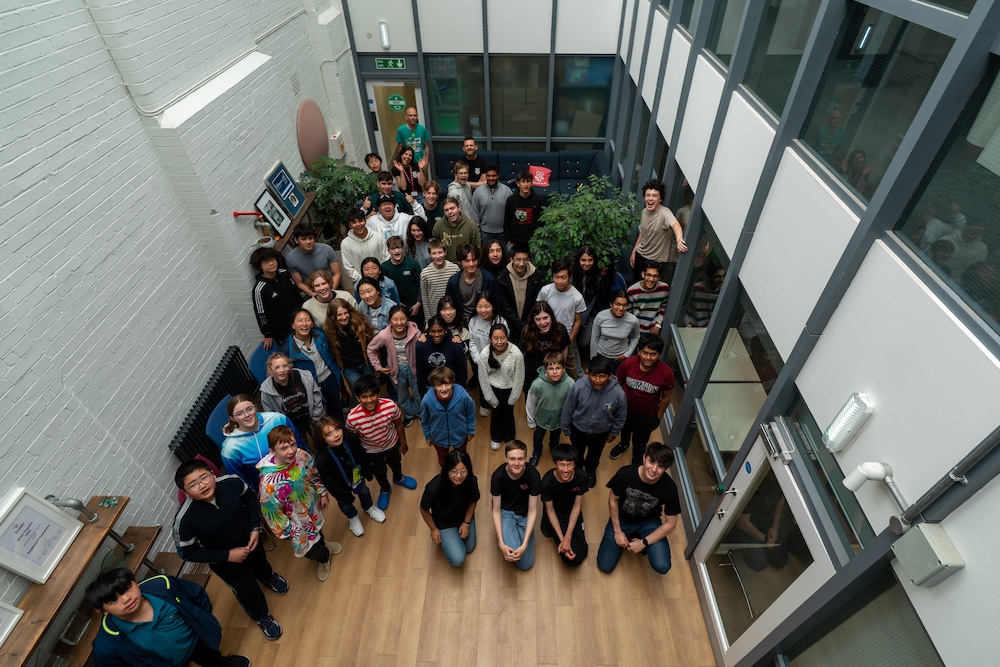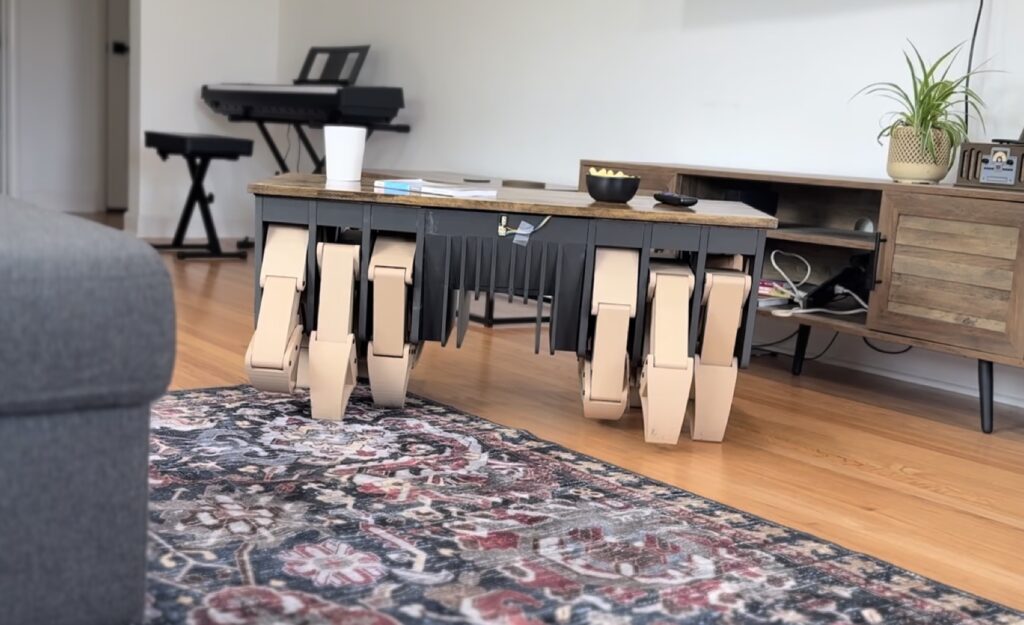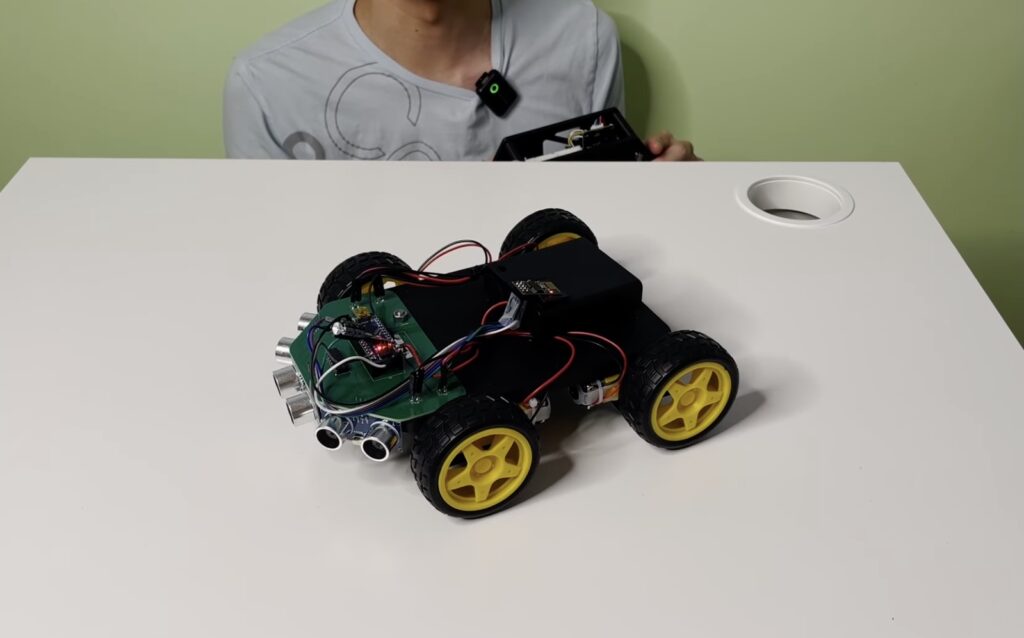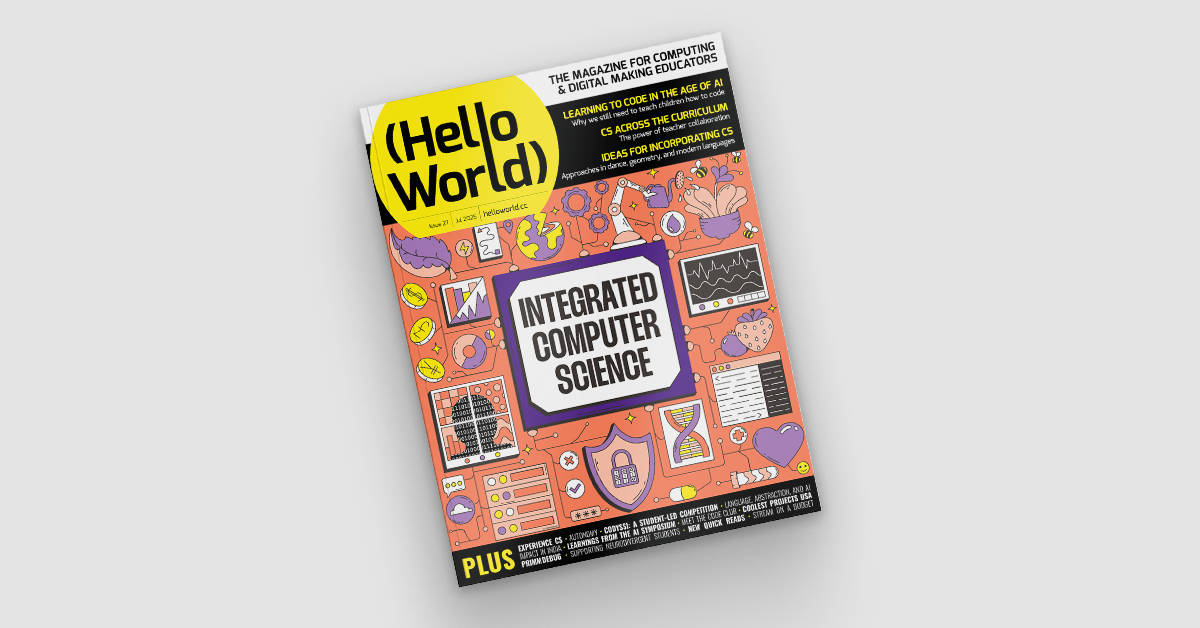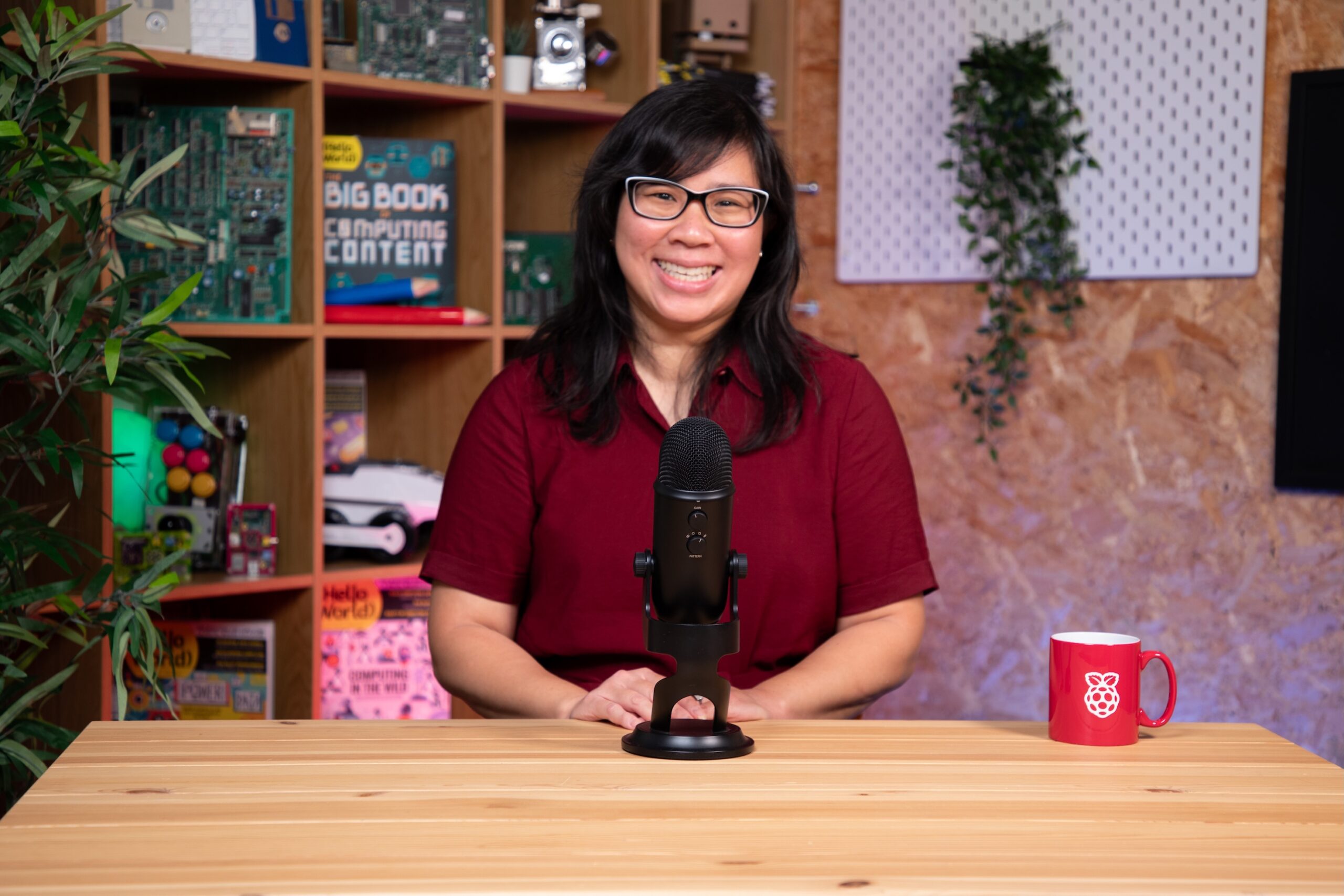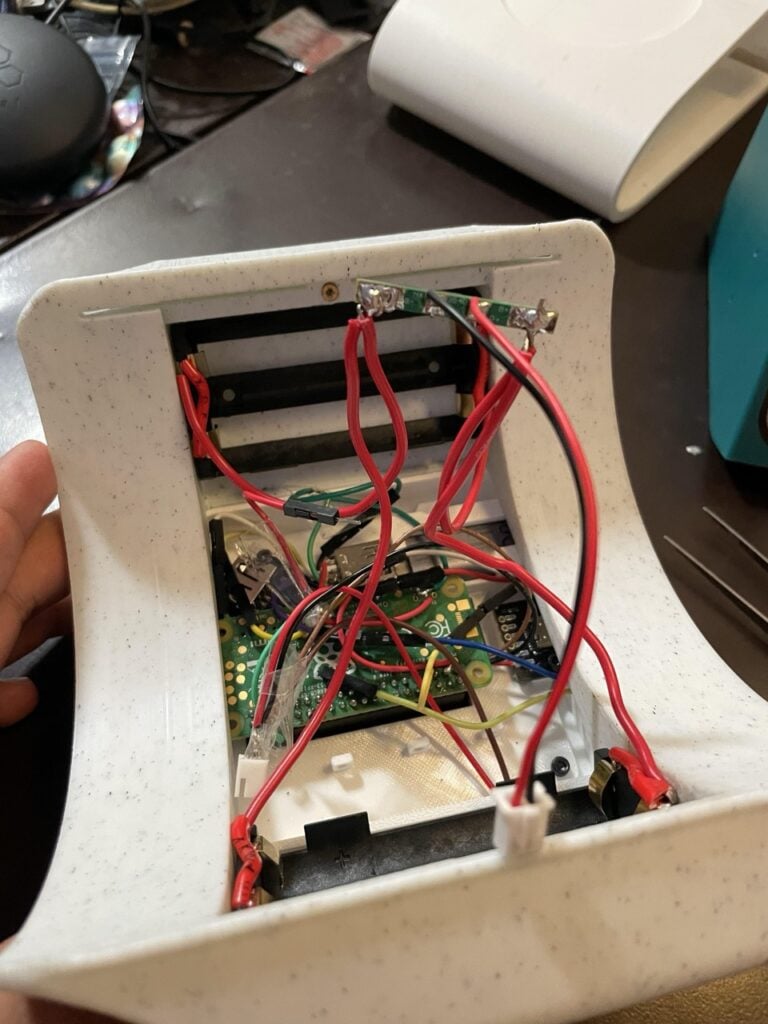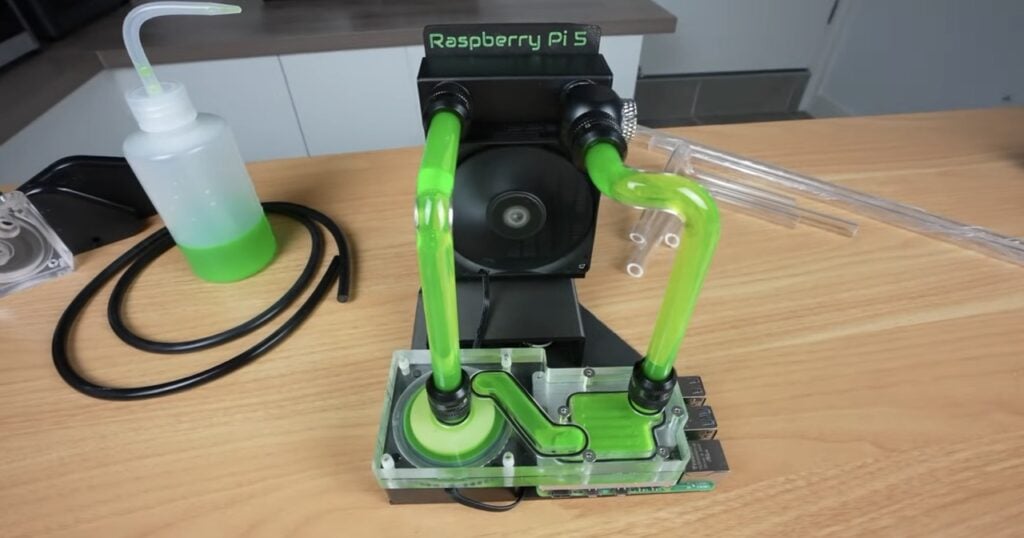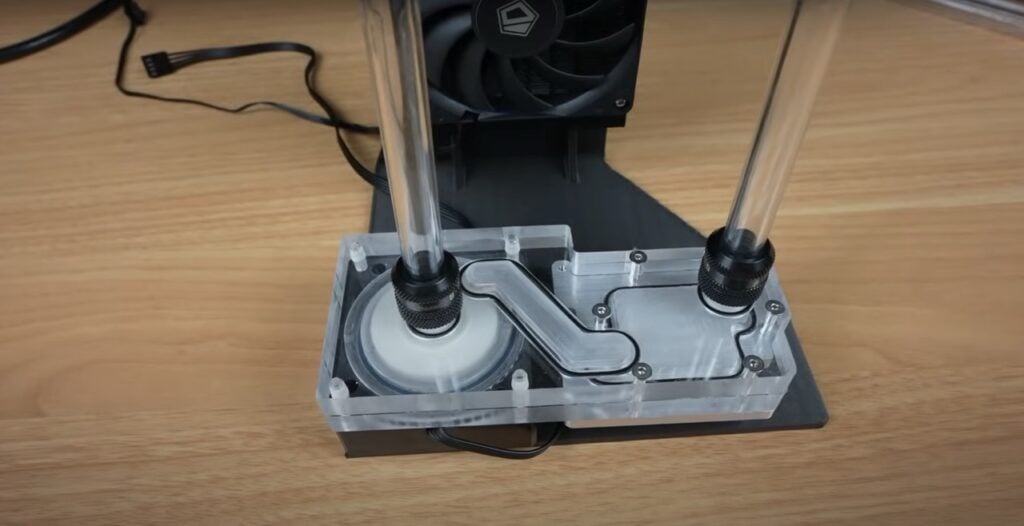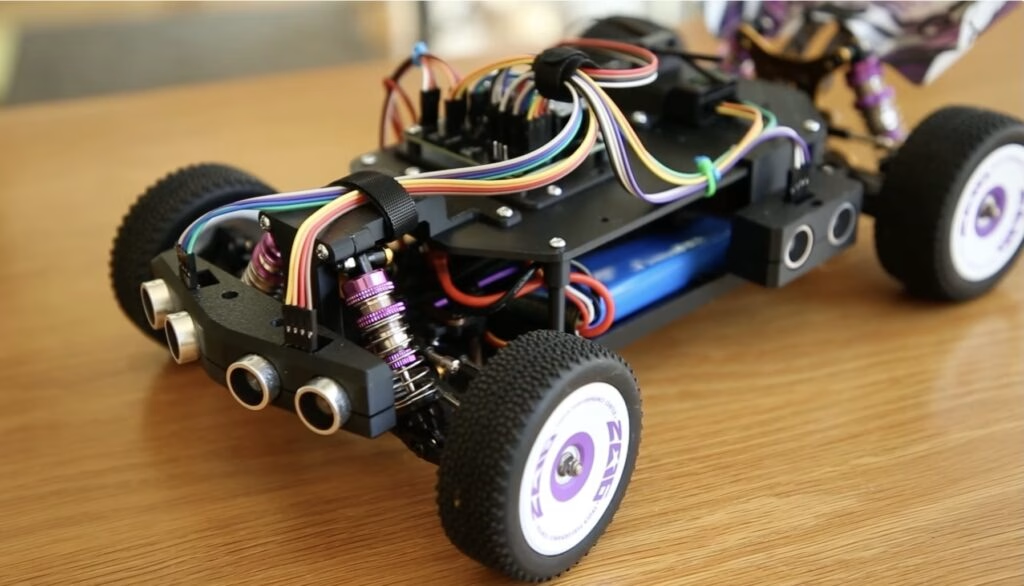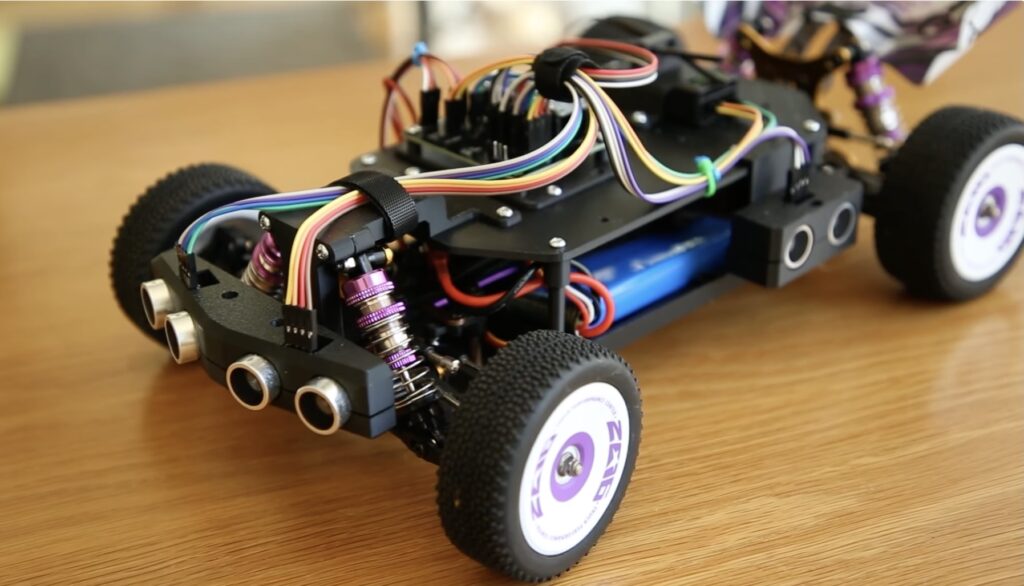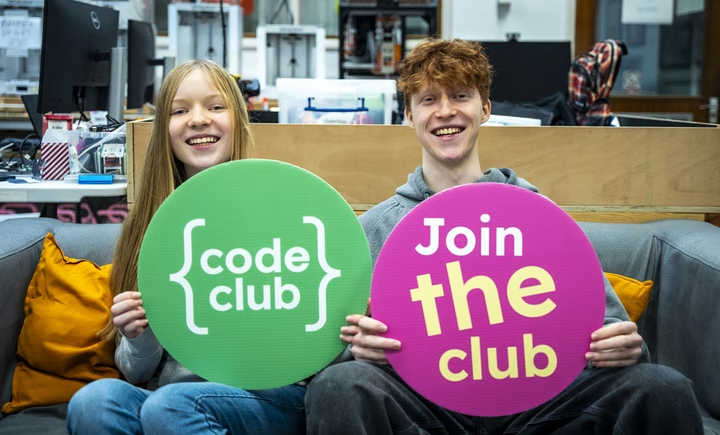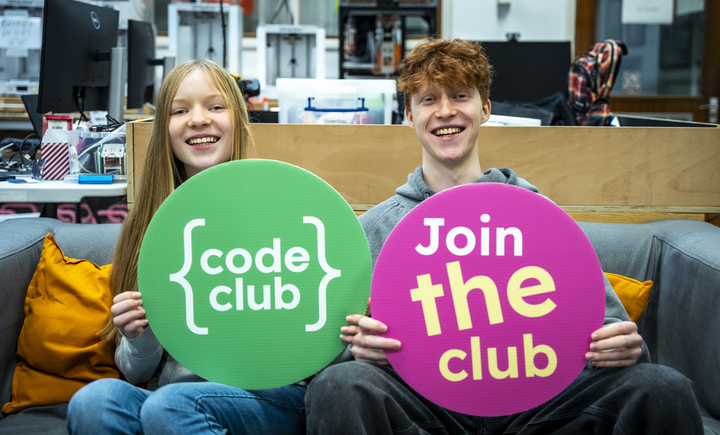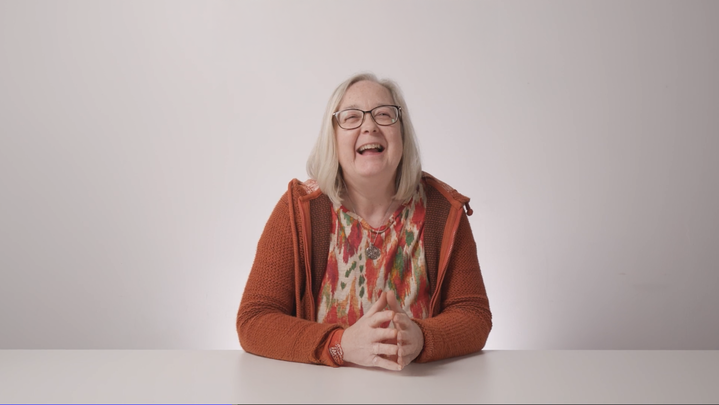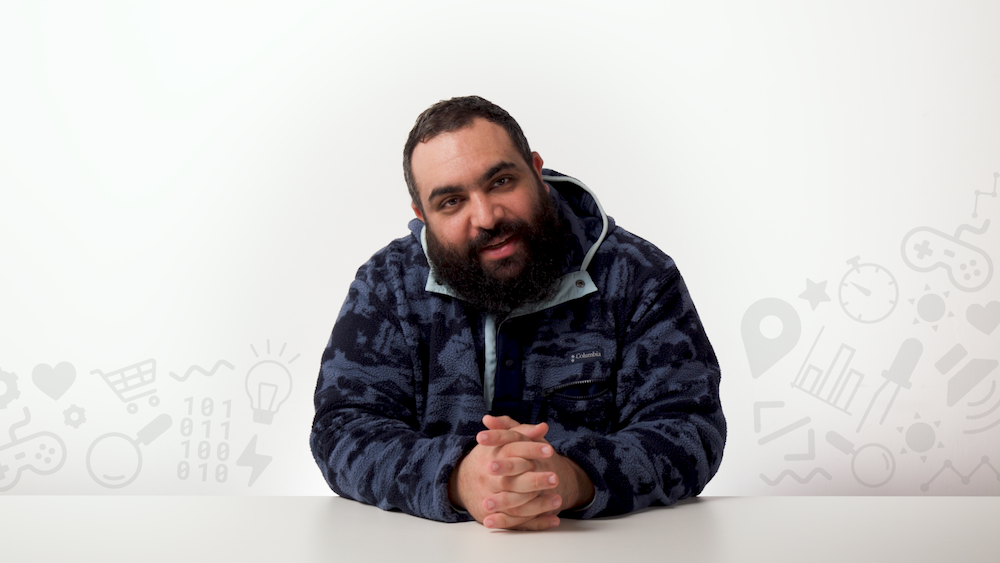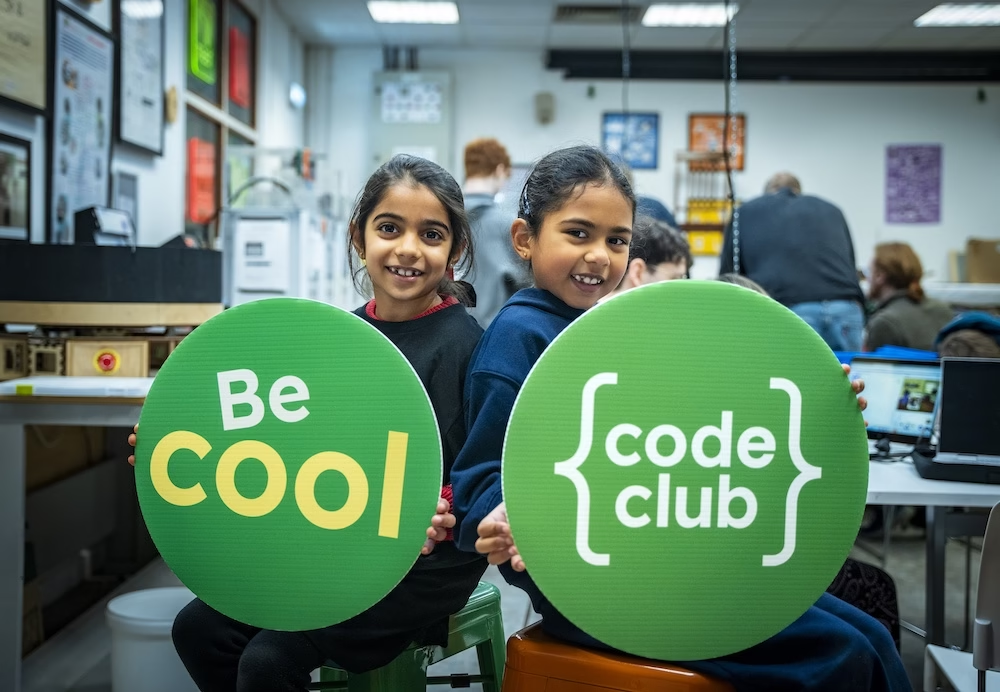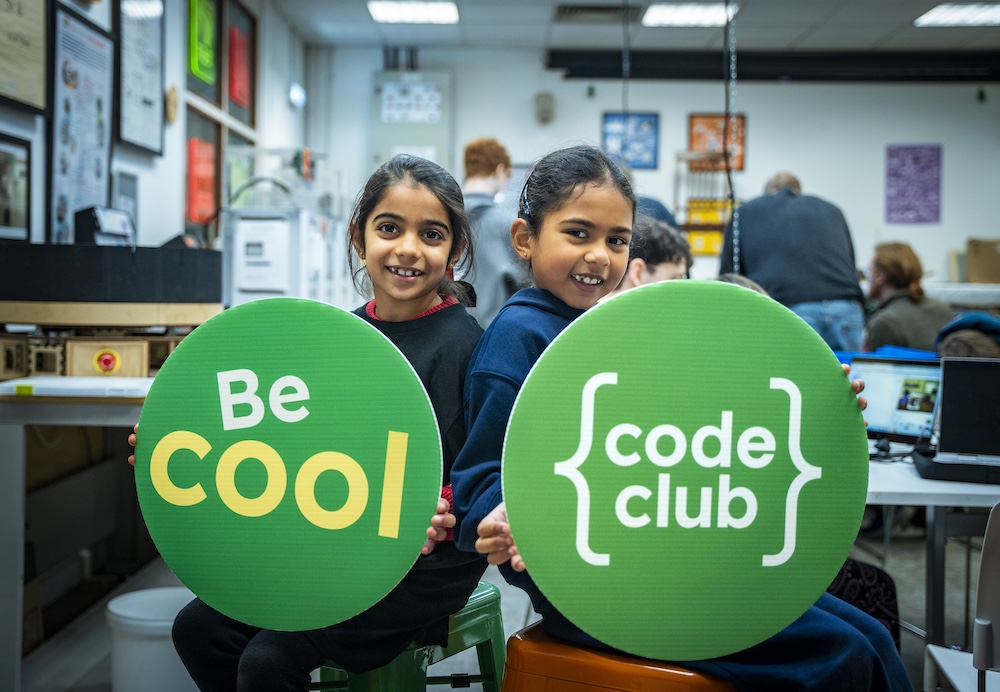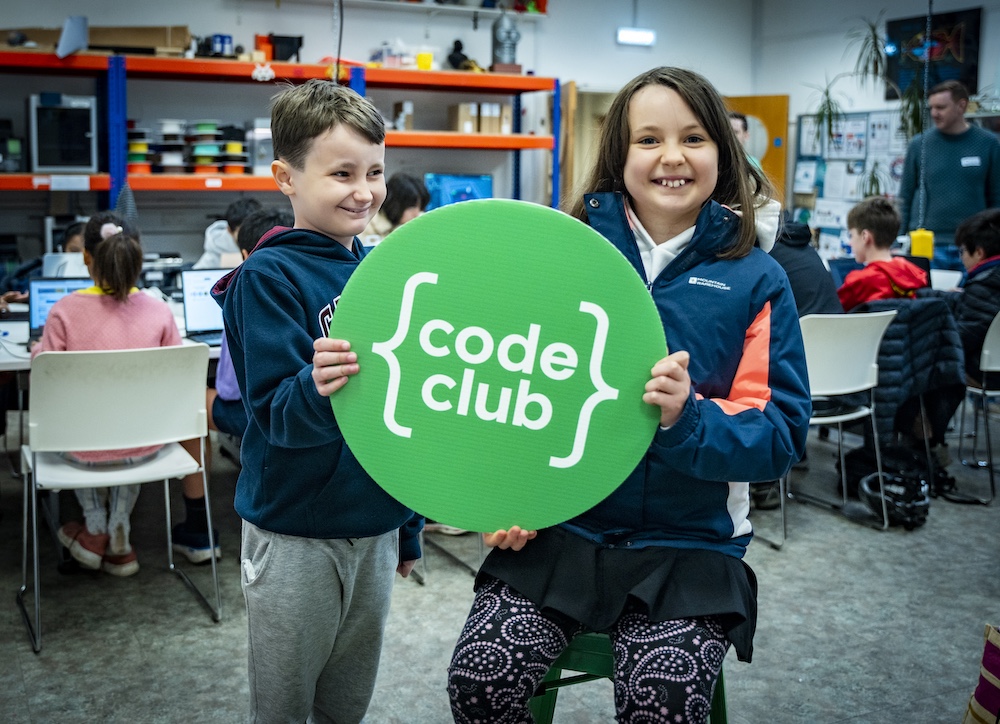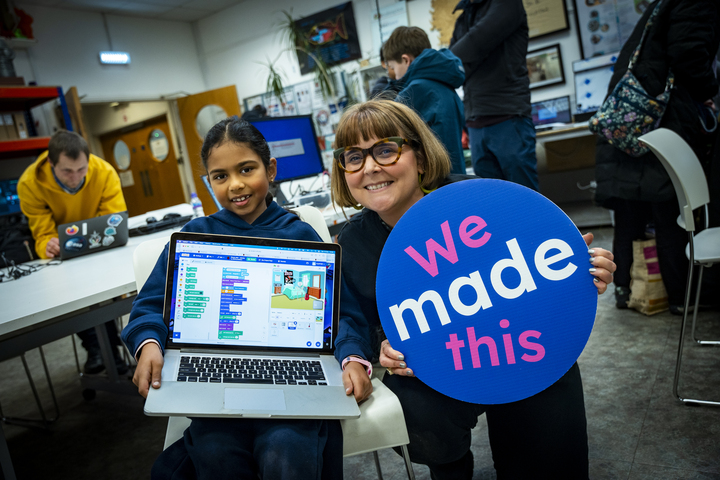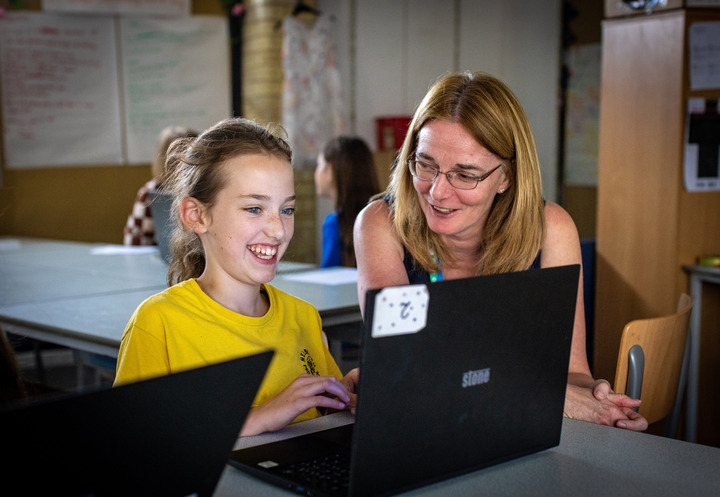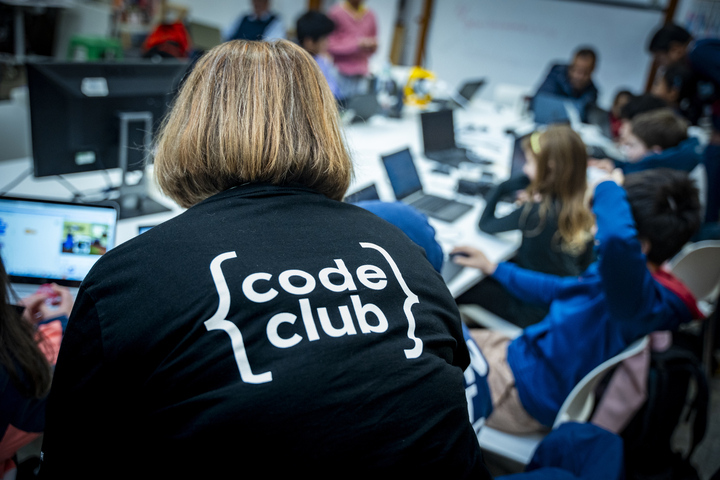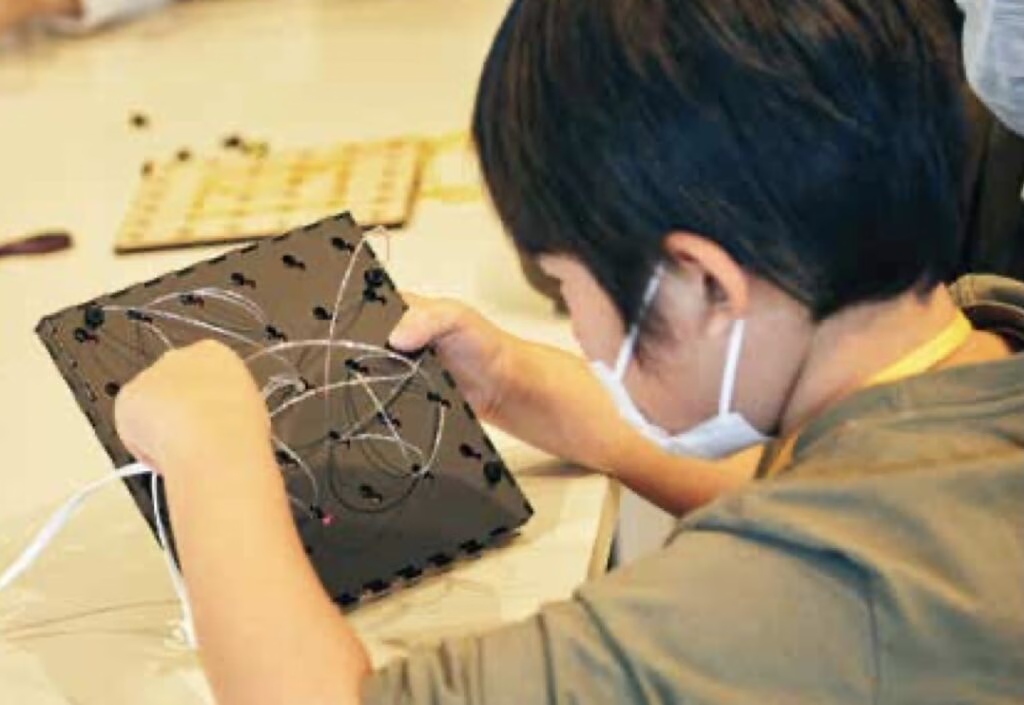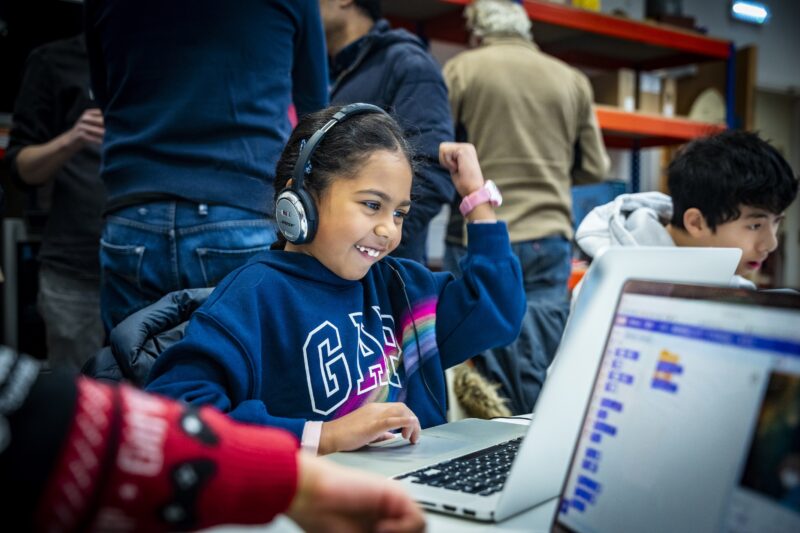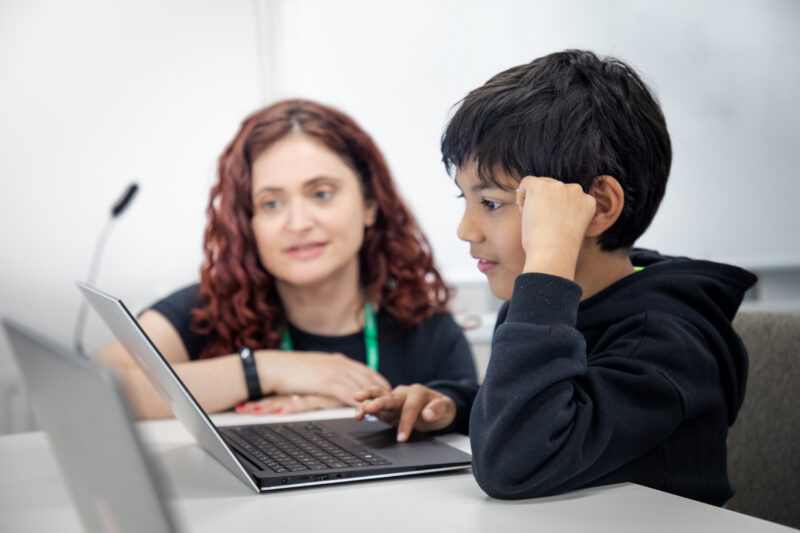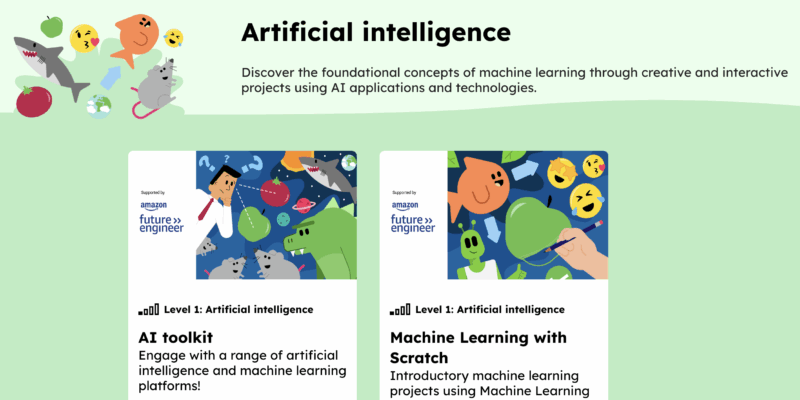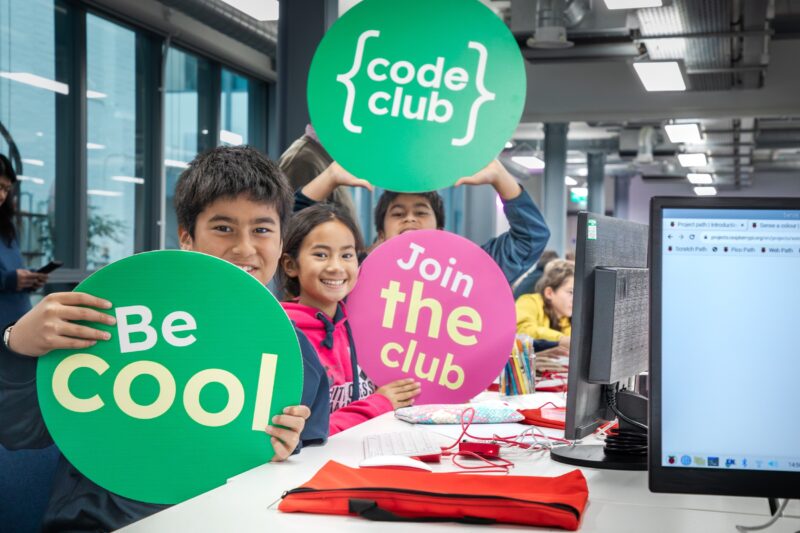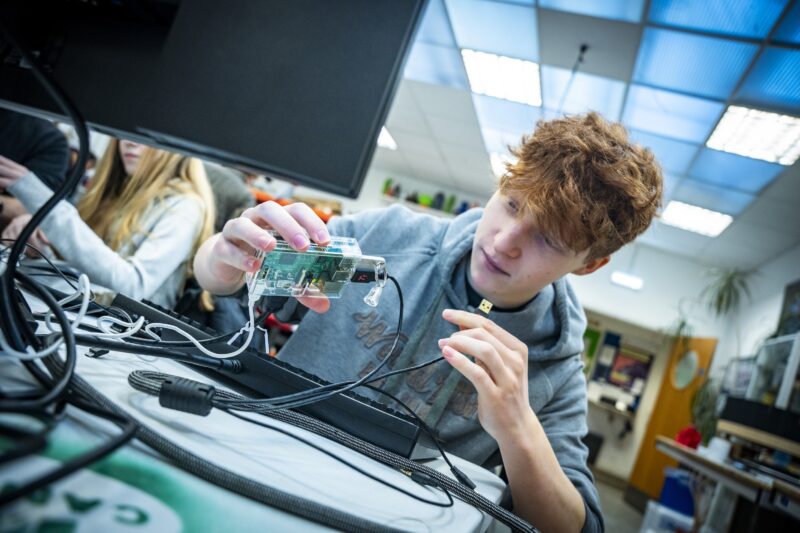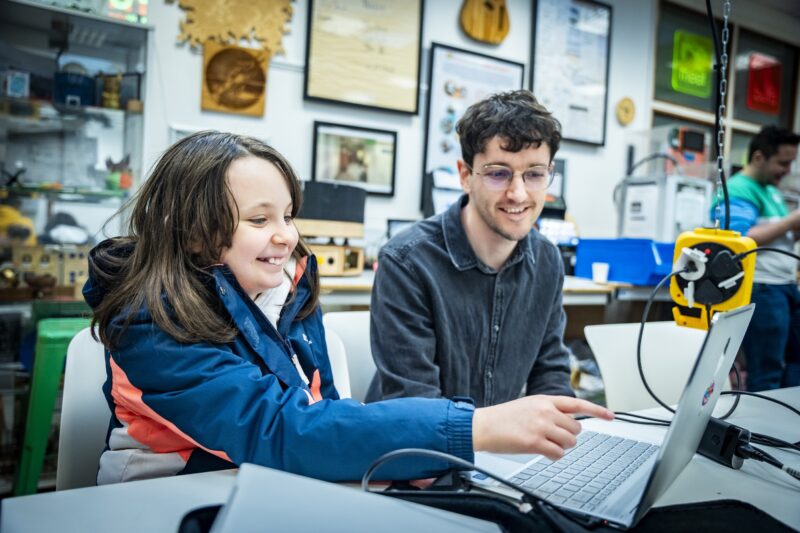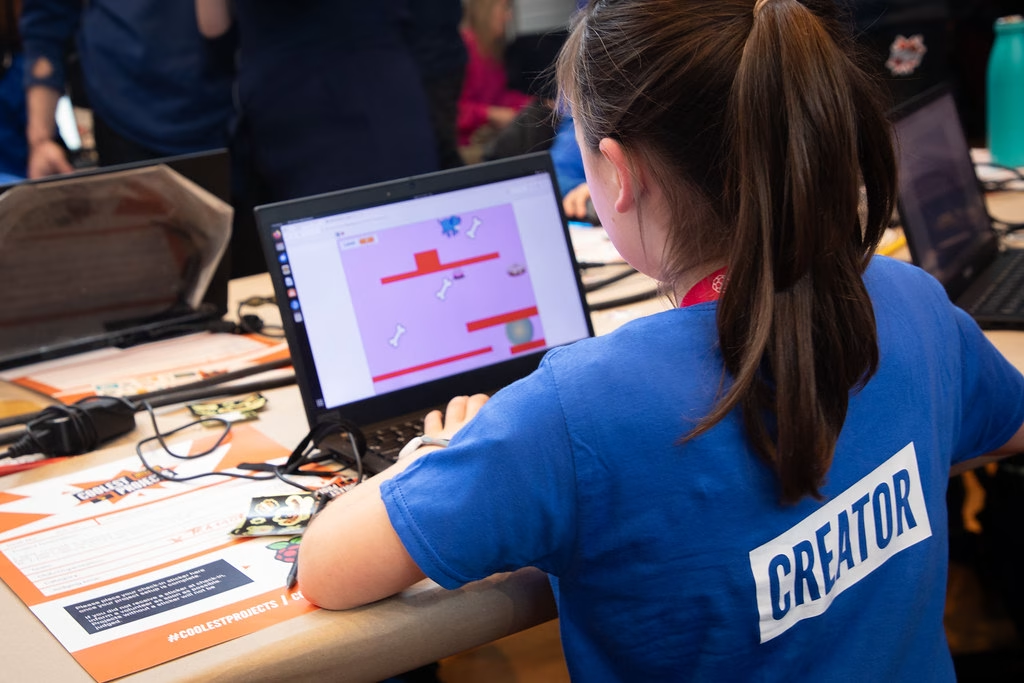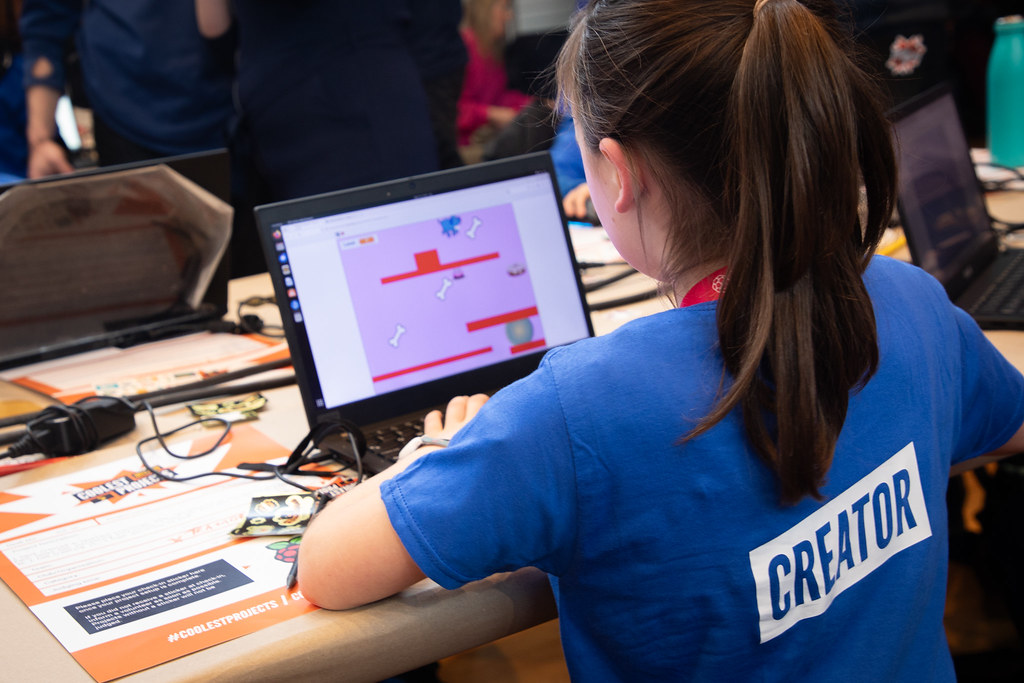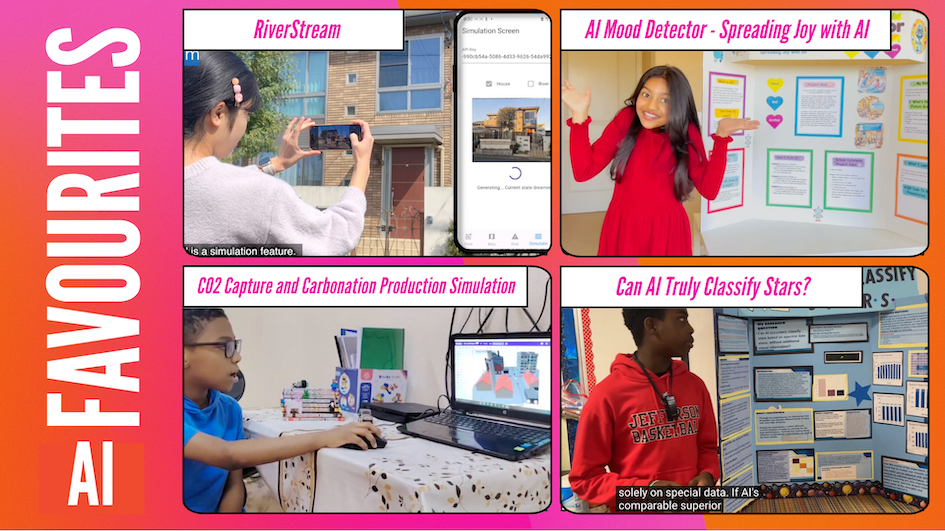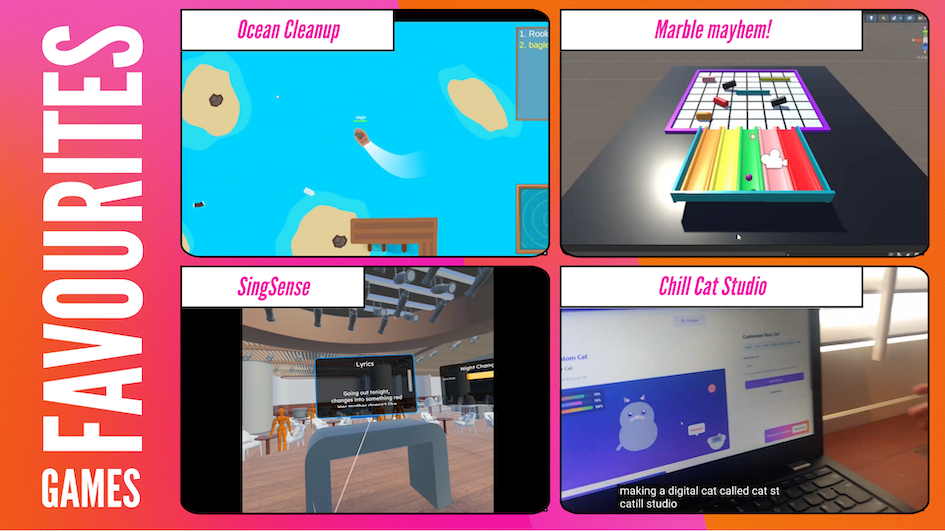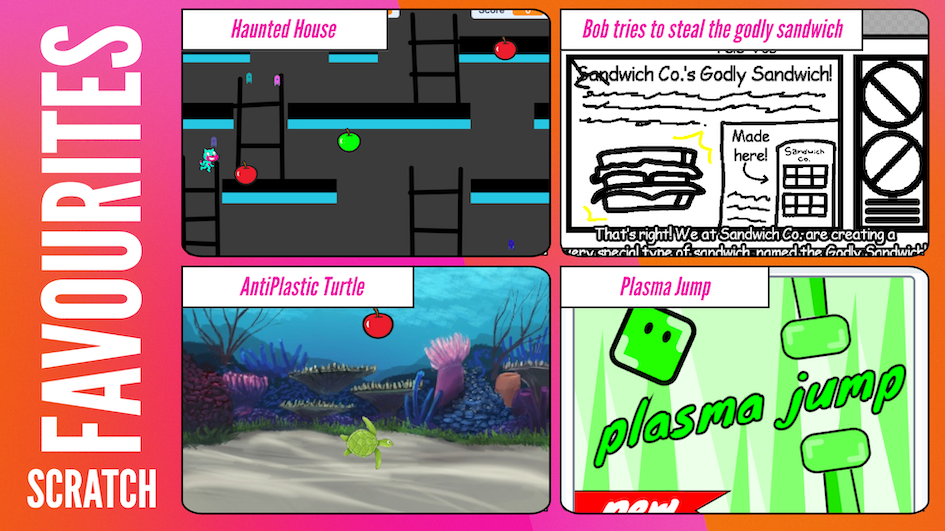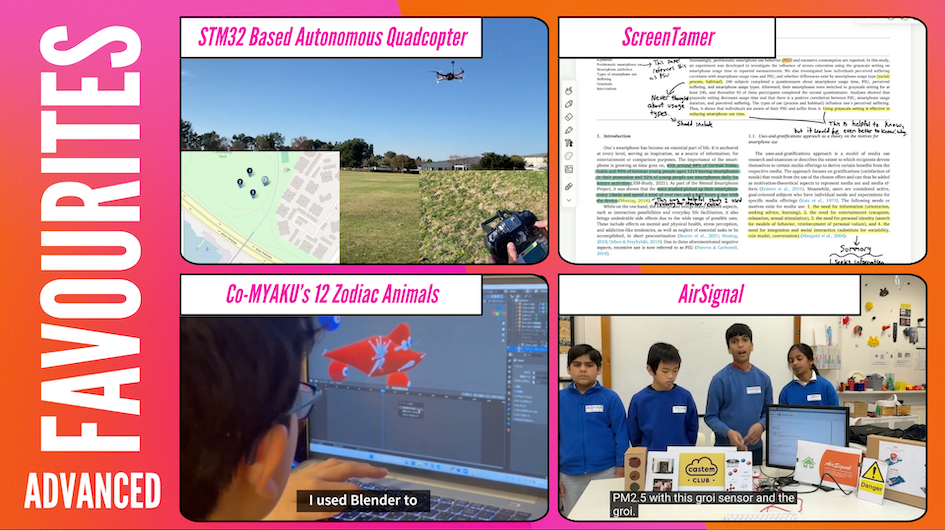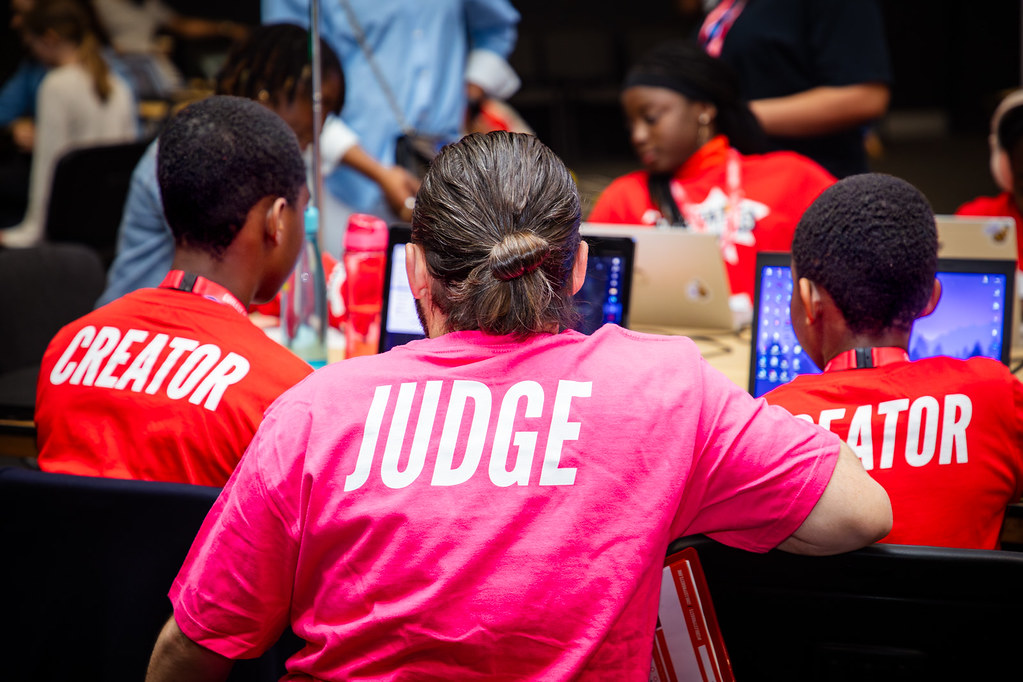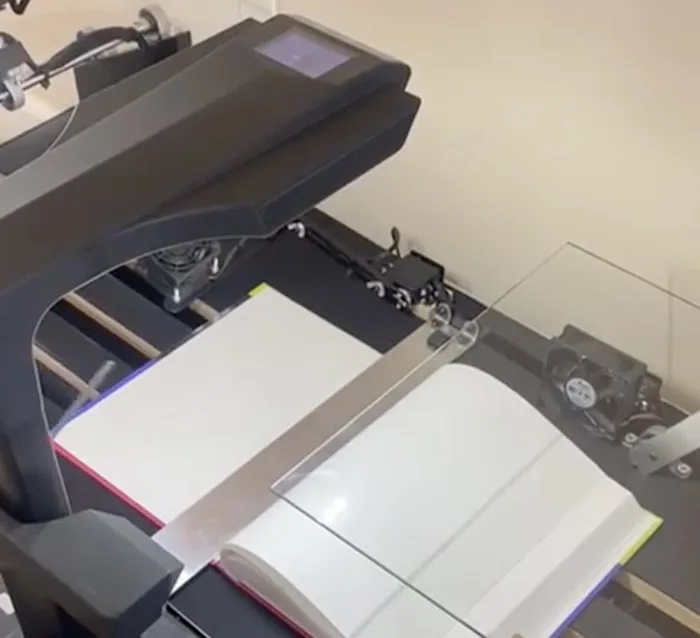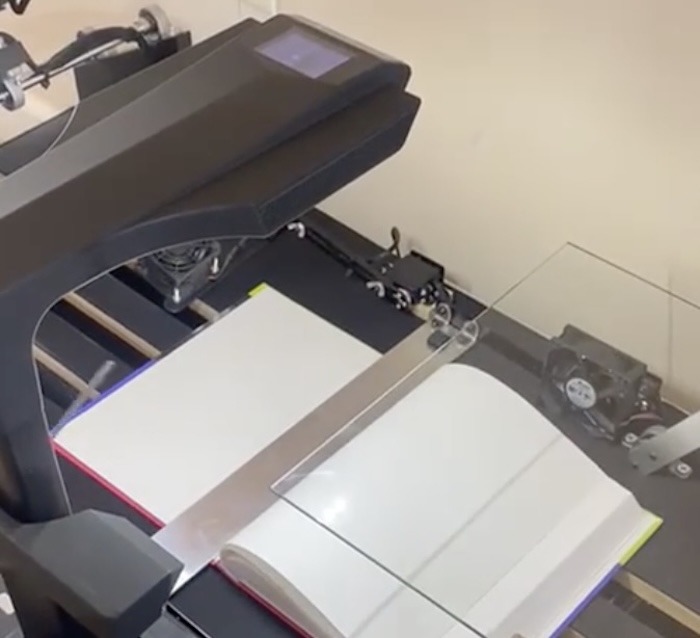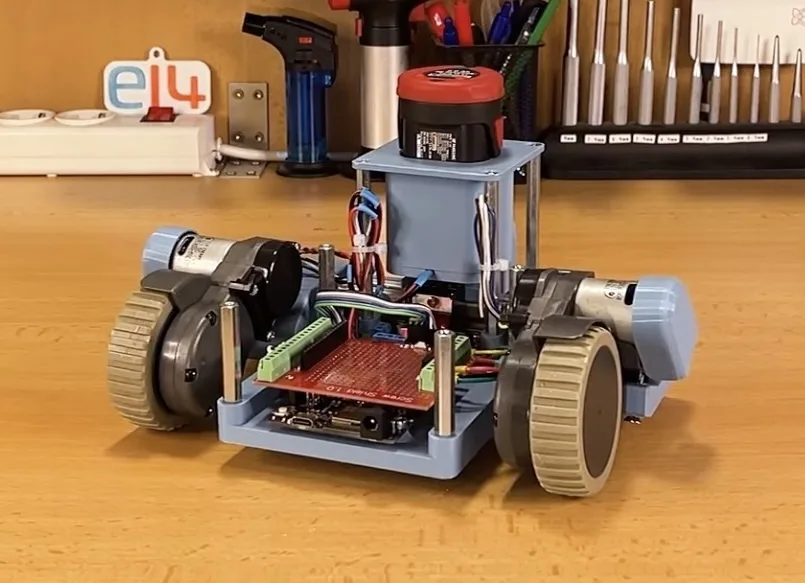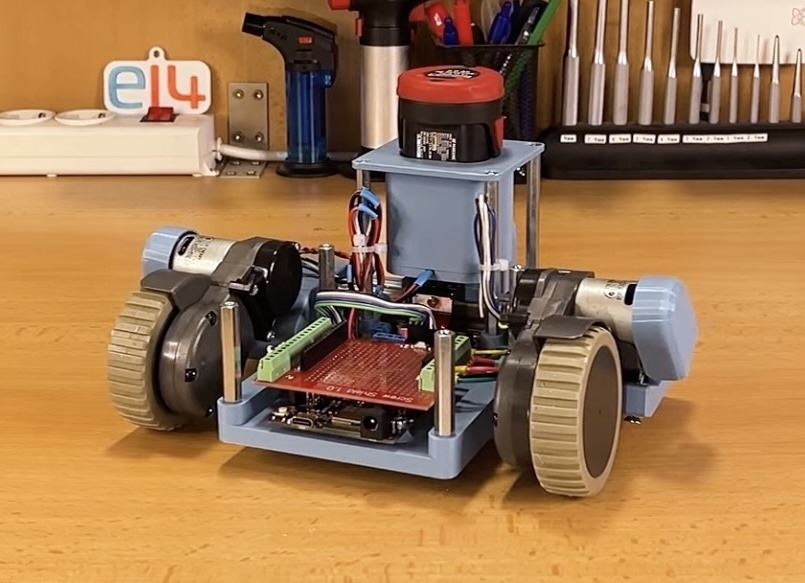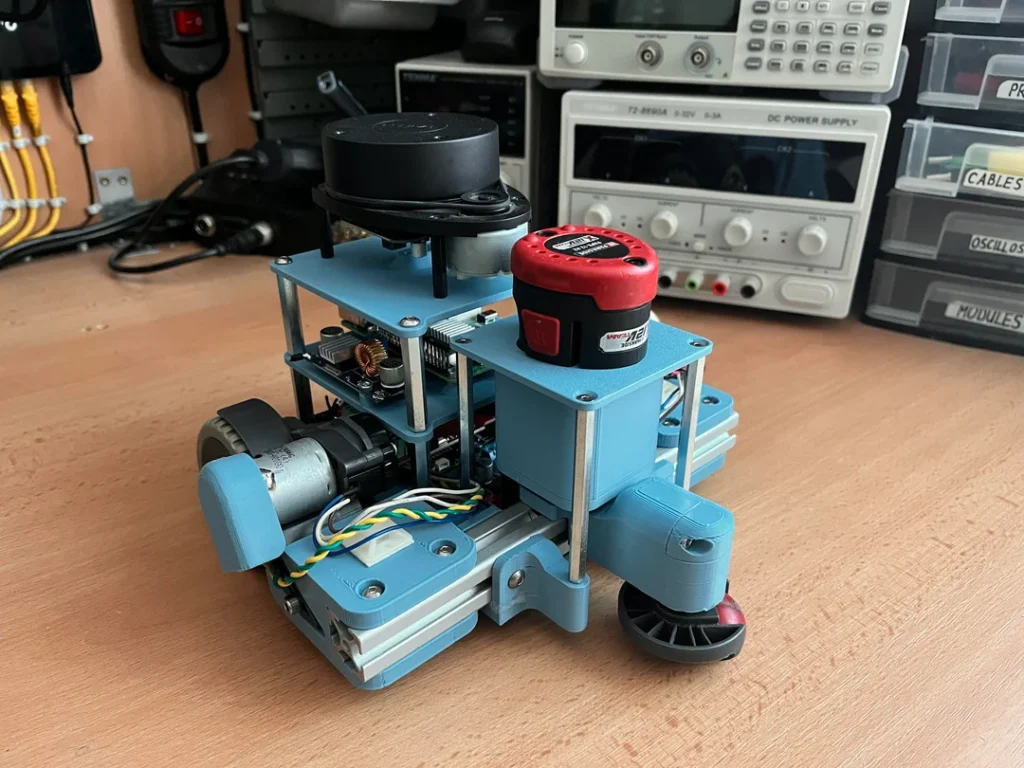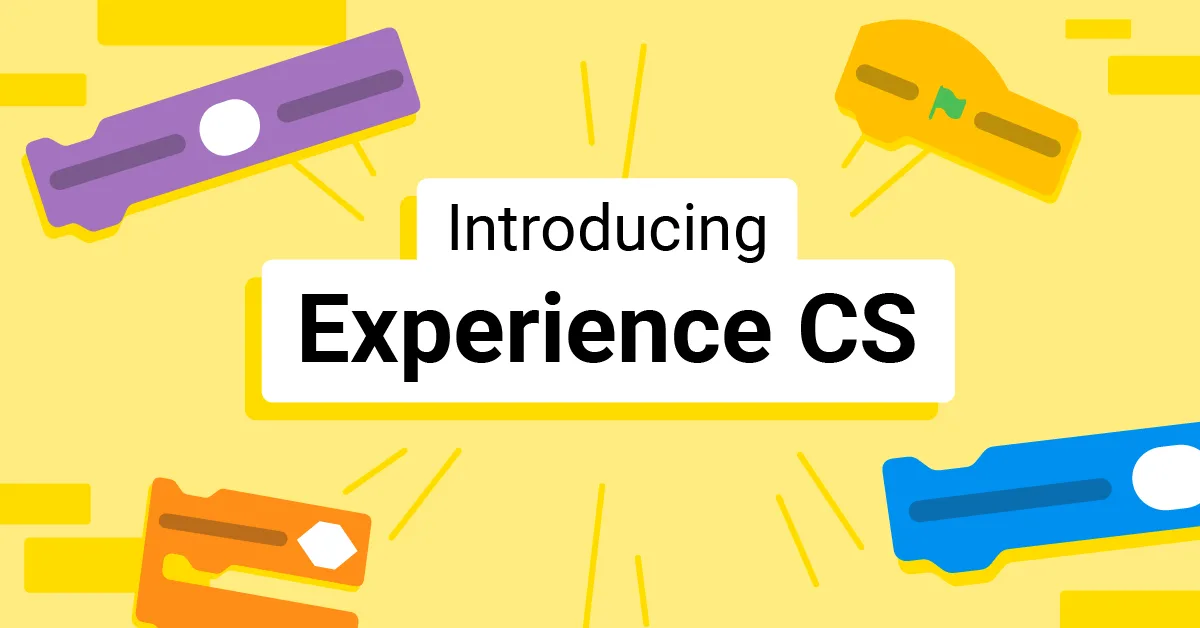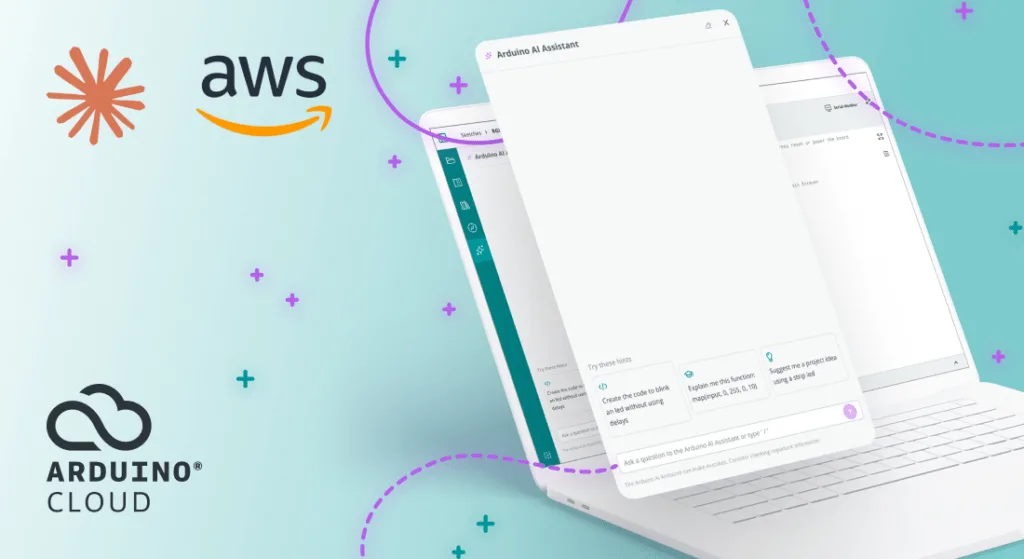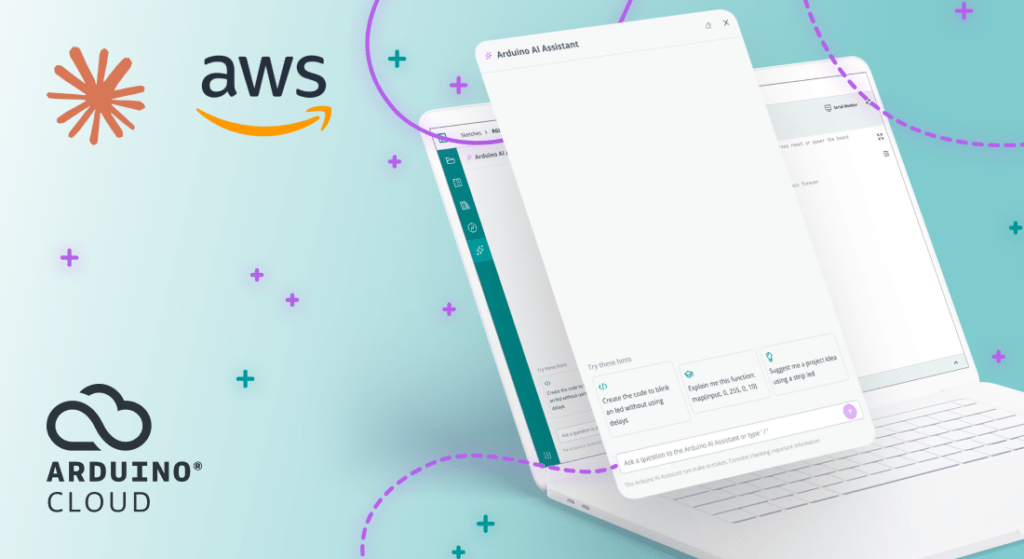We love hearing from members of the community and sharing the stories of amazing young people, volunteers, and educators who are using their passion for technology to create positive change in the world around them.
Seung Woo, also known as Tony, is a 17-year-old student from Canada and the co-founder of his school’s Code Club, alongside his teacher, Kay. A curious and driven teen with big ambitions in computer science, Tony is not only passionate about technology, but also dedicated to building a safe, welcoming space where others can learn, explore, and grow alongside him.

A spark of inspiration
Tony’s fascination with computers started early, driven by his love of video games, coding, and, perhaps most memorably, his admiration for Tony Stark, the comic-book and film character who becomes the superhero Iron Man! The idea of building something powerful from scratch stuck with him.
“My whole life, I have been curious about the inner workings of a computer and my inspiration for coding is Tony Stark or Iron Man from the Marvel Cinematic Universe!”
Tony’s early coding journey wasn’t without its challenges. Finding the right resources was difficult, and staying motivated during tough moments was often hard without a support system.
“Like many others, I was independently taught, and during this time of independent learning I’d find many different roadblocks and challenges that I had to overcome alone. A big setback for me was finding the right resources in order to learn how to code. Another big obstacle for me was motivation. I would find myself losing interest in a project. I didn’t have the exterior motivation to help me push through the inevitable hardships that come with coding.”
That’s where the idea for a coding club began to take shape.
Creating a community of coders
Tony co-founded the Code Club at Collège Jeanne-Sauvé in December 2024 with that exact vision in mind — he wanted to provide a fun, collaborative, and welcoming environment where students of all skill levels could explore their love of technology together.
“I created the coding club to help everyone on their journey of computer science, no matter their skill level, and that is exactly what it is turning out to be. Finding resources is easier than ever with a teacher and all of the amazing members.”
Tony’s teacher and co-founder, Kay, shared why Code Club was the right fit for the school.
“I thought Code Club was the best way to start our club for a few reasons. The amount of coding language options was varied and appealed to the different learners in our club. It was also important for us to promote our club and let our community know about the presence of a coding club in our school, and Code Club helped us do so via their online presence.”
What makes Code Club special
For Tony, the secret ingredient behind his club’s success is simple: teamwork.
“Without teamwork, our club wouldn’t really be a club, it would simply be an ensemble of people coding in their own little cubicles, much like a stereotypical office job, and to me, that does not sound too enjoyable. Teamwork is our little secret ingredient in problem-solving and building motivation, we embrace it by creating a safe space where everyone can speak their minds without judgement!”
Members are free to choose their own learning paths. No matter the project, the atmosphere is always filled with laughter, energy, and curiosity.
“Coding should be something that is fun — not stressful like others may make it seem. Celebrating achievements, making short term goals, and problem solving with friends are all great ways that we make coding fun in our club. A second word would be teamwork. Without teamwork, our club wouldn’t really be a club.”
Teamwork, he adds, transforms what could be a solitary activity into something social and deeply motivating.
Looking to the future
Tony hopes the club will continue to grow, bringing more students into the world of coding and helping them feel at home in it. His story is a great reminder that learning to code isn’t just about computers — it’s about building community, confidence, and creativity.
“I wanted to create a space where everyone would be accepted and encouraged to learn more about coding and not be ashamed to ‘nerd out’ about this subject like I do very frequently. I’ve dreamed of creating a space that embraces this beautiful passion.”
If you’d like to explore coding, you can get started at home with over 250 free projects.
For a little more support, or if you’re open to mentoring others, you can also join a Code Club. Check our website to find a club near you and become part of a like-minded and welcoming community.
Website: LINK





